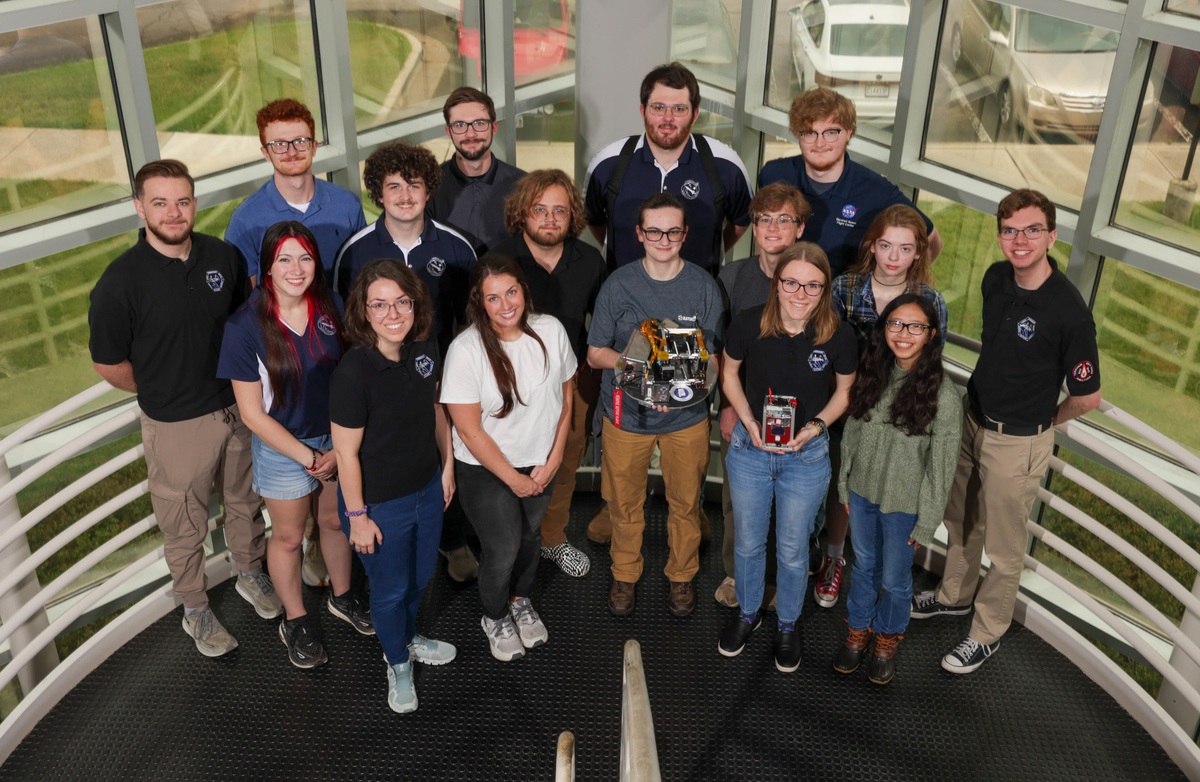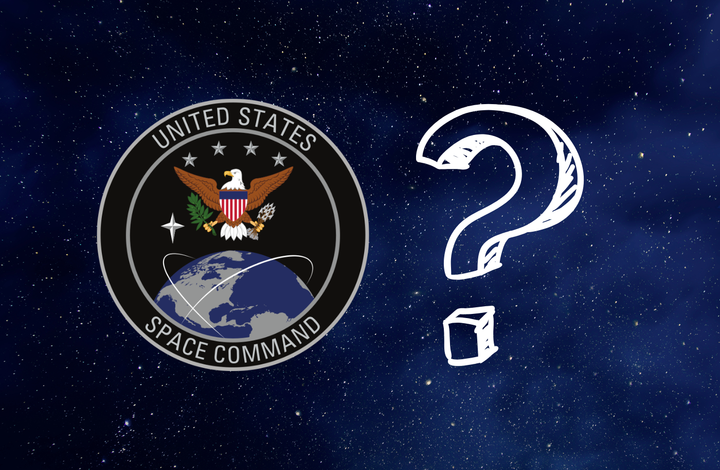UAH Students to Launch NASA Rocket Payload for Reentry Energy Innovation

Huntsville, Alabama – On August 12, 2025, the Terminus Spaceflight Research Group, a dynamic student team from The University of Alabama in Huntsville (UAH) Space Hardware Club, will launch an innovative CubeSat-like payload via NASA’s RockSat Program. This mission, departing from Wallops Flight Facility in Virginia, builds on their successful August 2024 launch and focuses on converting reentry heat into electrical energy while conducting groundbreaking biological experiments.
Harnessing Reentry Heat for Power Generation
The AMALTHEA payload, comprising the JUPITER spacecraft bus, ICARUS energy generation system, and GUARD biological experiment, aims to revolutionize spacecraft power systems. The ICARUS module, a 1.5U CubeSat deployable, features four flaps and a front plate acting as heat shields. These components integrate solar panels and Peltier thermoelectric generators to capture energy during reentry.
“The data from this flight will help us investigate the viability and effectiveness of adding thermoelectric materials to spacecraft undergoing atmospheric reentry as an alternative method of in-space power generation,” says Maria Chytka, an aerospace engineering student and Terminus project lead at UAH, a part of The University of Alabama System.
“ICARUS is an ejected 1.5U CubeSat-based deployable, with four flaps and a front plate that act as heat shields deployed in flight,” Chytka explains. “These flaps contain embedded solar panels and Peltier thermoelectric generator modules. After ejection, ICARUS will first deploy its flaps and then capture solar power using its solar panels. Once ICARUS begins to reenter the Earth’s atmosphere, the flap's front side will experience a greater amount of heating than its rear. The embedded Peltier modules will exploit this thermal gradient with the Seebeck effect, i.e., thermoelectric coupling, to generate electricity from the reentry heat.”
The Seebeck effect, where a temperature difference between conductors generates voltage, is central to this experiment. “We have sensors onboard the ejectable to measure the power created by these modules, as well as accelerometer, magnetometer, gyroscope, pressure, temperature and humidity data,” Chytka notes. “The sensor data is constantly relayed back via a towed radio to our spacecraft bus, JUPITER, where it is stored on an SD card and also relayed to the ground via rocket communications. This technology can be applied in electrical power systems for missions to Venus, Mars, Titan or for efficiency increases in reusable spacecraft on Earth.”
Biological Insights from Space Radiation
The GUARD experiment investigates the impact of exo-ionospheric x-ray and gamma radiation on E. coli and P. aeruginosa bacteria during a brief suborbital flight. “An onboard Geiger counter and scintillation detector will be used to characterize the amounts and energetic intensities of the different types of radiation exposure throughout the flight,” Chytka says. “Since the flight is only about 13 minutes and exo-ionospheric exposure lasts for an even smaller period, it is expected that a small portion of the cells will die due to their exposure to extreme environmental conditions and radiation. However, the remaining living bacteria from the flight will be compared with a control group on the ground to find and isolate any genes that may have contributed to sample survival of exposure to an adverse environment with high energy ionized radiation.”
Chytka adds, “Many International Space Station (ISS) bacteria exposure experiments have been flown, and we are looking to fill in the knowledge gap of what short-term, lower altitude exposure does to bacteria samples.”
Implications for Future Space Missions
A successful mission could reshape power generation for planetary reentry vehicles. “We believe the data taken from our experiment can be used to inform the design and testing of future planetary reentry vehicles on if the Seebeck effect is a viable way to generate power,” Chytka says. “If proven feasible, this application could then be used in future reentry missions, such as missions to Venus, Mars, Titan or increasing the electrical efficiency of any shorter-term Earth missions.”
The GUARD experiment could also advance human spaceflight knowledge. “Through GUARD, we also believe we will be able to characterize what short-term space exposure does to E. coli and P. aeruginosa as well as what genes in the species help with quick but intensive radiation exposure. Depending on the results, what we learn from the bacteria samples may be able to be applied to human spaceflight understanding. In addition, there is little published data about the amounts and intensities of radiation along the altitudes our payload will be traveling to, so our Geiger counter and scintillation data can add to the knowledge base of atmospheric radiation phenomena for our specific launch time and day,” Chytka concludes.
Advancing Huntsville’s Aerospace Legacy
This UAH initiative underscores Huntsville’s role as a hub for aerospace innovation. By participating in NASA’s RockSat Program, UAH students gain hands-on experience, contributing to advancements in space technology and reinforcing the city’s legacy in space exploration.
For more details on UAH’s Space Hardware Club and their cutting-edge projects, visit the UAH Space Hardware Club website.
To read more about this story, please visit: https://www.uah.edu/news/items/uah-student-group-set-to-launch-new-instrument-payload-on-nasa-rocket-to-study-harnessing-reentry-heat-and-converting-it-to-electrical-energy



